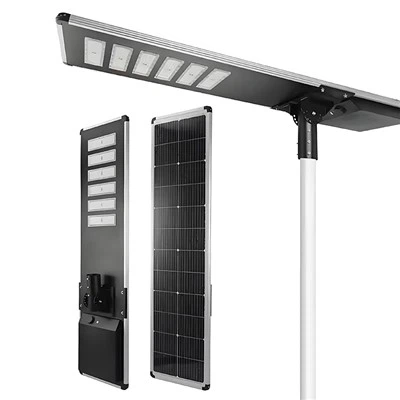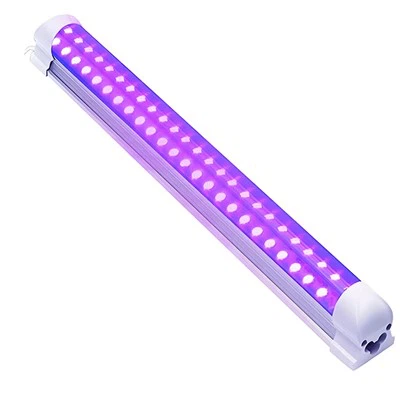Your interior lighting design may be made or broken by color temperature. Choosing the appropriate Kelvin (K) value guarantees that your area feels welcoming, useful, and aesthetically pleasing, whether you're remodeling a small bedroom, creating a home office, or updating your kitchen. With real-world examples and professional advice, this book shows how to choose the perfect color temperature for each space.
What Is Color Temperature?
Color temperature, which is expressed in Kelvin (K), describes how warm or cold light is:
Warm White (2000K–3000K): A soothing yellowish light reminiscent of a candle.
Natural light that is balanced for clarity is known as neutral white (3500K–4500K).
Blue-toned, daylight-like brightness for concentration is known as Cool White (5000K–6500K).
Guide to Color Temperature by Room
Warm White Living Room (2700K–3000K)
Why:
Provides a warm, inviting space for entertaining and relaxing.
Advice:
To change the brightness on movie nights, pair with dimmable LEDs.
Steer clear of chilly tones, which might come off as sterile in social settings.
Soft Warm White (2200K–2700K) for the bedroom
Why:
To encourage melatonin synthesis and relaxation, it mimics the colors of sunsets.
Advice:
Make use of warm, dimmable lights for your bedtime lighting.
Avoid cold white since it interferes with sleep cycles.
Neutral White Kitchen (3500K–4000K)
Why:
Preserves warmth while improving cooking visibility.
Advice:
For task illumination, install 4000K LED strips beneath the cabinets.
Tones that are too warm can distort the colors of food.
Home Office: Cool White to Neutral (4000K–5000K)
Why:
Increases attentiveness and lessens eye strain while using a screen.
Advice:
Use a cool white desk lamp (5000K) in conjunction with overhead neutral lighting (4000K).
Neutral White Bathroom (3000K–4000K)
Why:
Offers precise, strong light for grooming without being harsh.
Advice:
To apply cosmetics, install vanity lights between 3500K and 4000K.
Steer clear of cold white since it might create unattractive shadows.
Warm White Entryways & Hallways (2700K–3000K)
Why:
Promotes mobility without glare and feels welcoming.
Advice:
For a gentle greeting, use pendant lights or wall sconces.
3 Common Mistakes to Avoid Mixing Clashing Temperatures
Avoid using 5000K recessed LEDs with a 2700K pendant light as this will result in visual disorder.
Ignoring Room Function: It often backfires to use warm white in a garage or cool white in a bedroom.
Ignoring Dimming Options: The versatility of fixed-color bulbs is limited. For areas with many uses, choose adjustable white LEDs.
How to Test Color Temperature
Purchase Test Bulbs: Place 2700K, 3500K, and 5000K bulbs in your area at various times of the day.
Use Smart Bulbs: You may use an app to change the color temperature of brands like Philips Hue.
Observe Natural Light: Make sure your artificial lighting complements the daylight tones in your space (warmer light is needed in rooms facing north).
Best Lighting Products by Color Temperature
Warm White: Philips Hue White Ambiance, which can be adjusted from 2200K to 6500K.
Cree Lighting 4FT LED Linear Fixture in Neutral White (4000K).
GE UltraBright LED Daylight (5000K) is cool white.
Final Tips for Perfect Color Temperature
Layer Lighting: Mix cold or neutral job lights with warm ambient lighting.
Verify the Color Rendering Index, or CRI: To guarantee that colors seem realistic, aim for a CRI >80.
Put Labels on Your Bulbs: When replacing outdated fixtures, take note of the Kelvin value.







